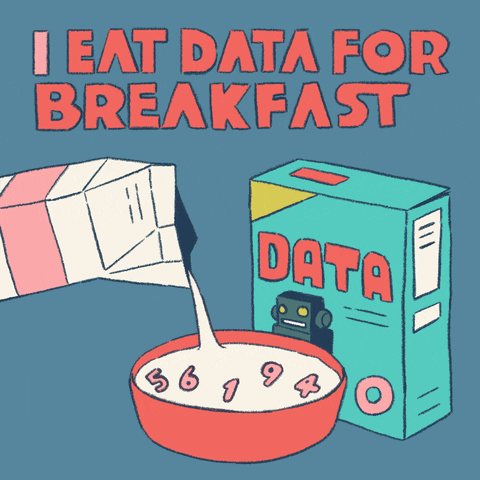☕🤖 Tutorial: How to Use ChatGPT to Understand Any Spreadsheet (FIG Framework)
PLUS: Stop Struggling with Spreadsheets and Data...prompts and framework inside
Hey AI Breakers,
Most people drown in spreadsheets. But today, we’ll show you how to turn ChatGPT into your personal data analyst with the FIG framework.
With ChatGPT + the FIG framework, you can analyze any dataset like a pro, even if you’ve never touched complex Excel formulas or written a single line of code.
Let’s FIG it out 👇
🎯 Goal
Learn how to use the FIG framework (Frame, Investigate, Goal) with ChatGPT to:
Understand messy spreadsheets instantly
Spot insights you’d normally miss
Present clear, goal-driven findings without technical skills
🛠️ The System
1. Frame (understand your data)
Every dataset is like a locked box, until you frame it properly, you don’t know what’s inside.
This step is about getting instant clarity: What columns exist? What formats are we dealing with? What problems might block us later?
Instead of scrolling endlessly through rows, you’ll have ChatGPT summarize the essentials in minutes.
Step 1: Upload your dataset to ChatGPT.
Step 2: Use this prompt:
You are a data analyst. Look at the attached dataset and:
1. List all column names.
2. Show 1 sample value from each column.
3. Briefly explain what type of data each column likely represents (e.g., text, number, category, date).Step 3: Confirm formats and spot inconsistencies with:
Take 5 random rows from the dataset. For each row, display the values in every column.
Explain any patterns or inconsistencies you notice across the samples.Step 4: Run a quick quality check:
Run a data quality check on each column. For each one, tell me:
- % of missing or empty values
- Any invalid or unexpected formats
- Outliers or suspicious values
- Potential issues that might affect analysis💡 Pro Tip: If a column is missing 90%+ of values, skip it in your analysis.
2. Investigate (ask better questions)
Once you know what’s in the box, it’s time to shake it up. Investigation is about curiosity: What can this data actually tell us?
Here you’ll push ChatGPT to brainstorm insights, spot gaps, and even test if the dataset is strong enough to answer real-world questions.
Think of this as turning data from “numbers in a table” into potential stories, trends, and strategies.
Step 1:
Based on this dataset, list 10 interesting business or research questions we could answer.
For each question, explain why it could be valuable to explore.Step 2: Pressure test the best ones:
For the top 3 questions, explain:
- Which columns are needed
- Whether the current data is sufficient
- Any data cleaning or transformations required before analysisStep 3: Find the limits:
What are 5 meaningful questions someone might want to ask about this dataset that we cannot answer because the necessary data is missing?
For each, explain what additional data would be required.💡 Pro Tip: If you have a second dataset (e.g. cost or viewership), upload it and ask:
I just uploaded a second dataset. Compare it to the first one and:
1. Identify if there’s a common key column we can use to join them.
2. Suggest at least 3 new questions we could answer once they are combined.
3. Recommend the best join method (inner, left, etc.) for analysis.



